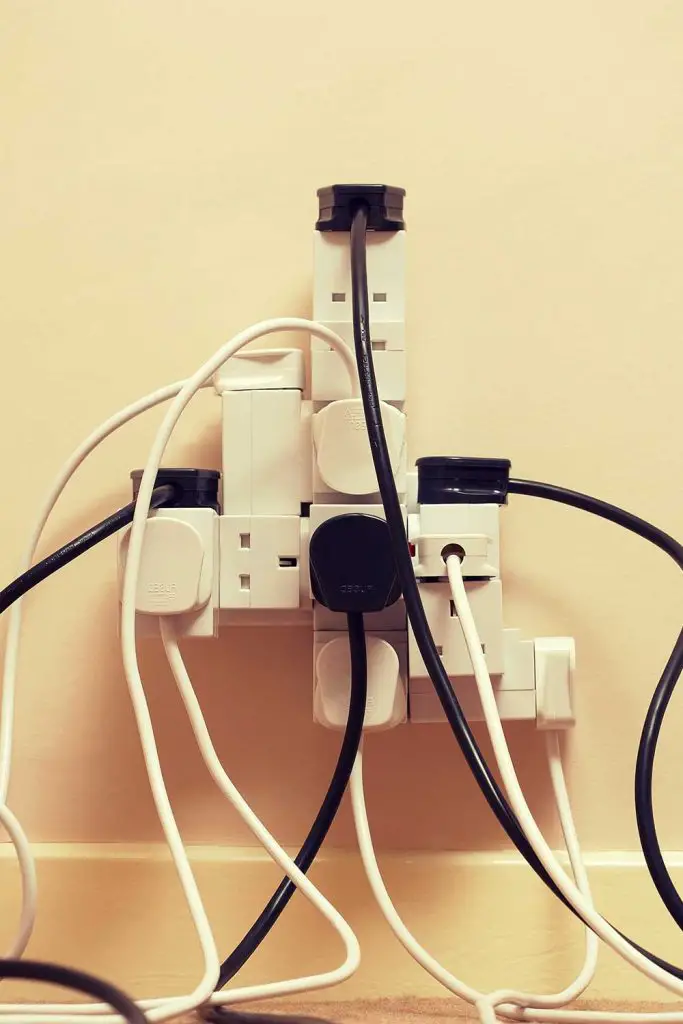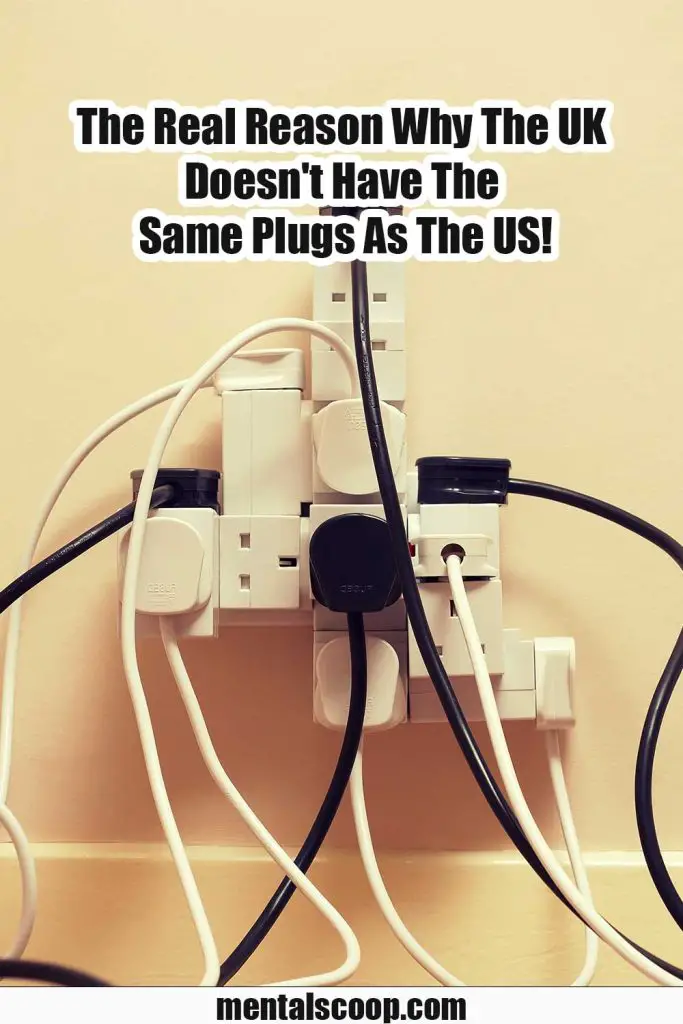The Real Reason Why The UK Doesn’t Have The Same Plugs As The US!

Have you ever wondered why the United Kingdom and the United States have different types of electrical plugs? It’s a puzzling difference that can cause frustration when traveling or moving between the two countries. While it may seem like a simple matter of design preference, the reality is that the divergence in plug types is rooted in historical, political, and practical reasons. In this article, we’ll explore the real reasons behind the contrasting plugs and sockets in the UK and the US.
Origins of the Plug Systems
The UK and the US have their unique electrical systems, which played a significant role in shaping their respective plug designs. The UK adopted the 240-volt AC system, while the US adopted the 120-volt AC system. The differences in voltage levels necessitated the development of plugs that were suited to their respective electrical infrastructure.
Historical Development
The UK’s plug design traces back to the British Standards Institute (BSI) in the 1940s. The BSI aimed to create a safer and more standardized plug system, which eventually led to the development of the BS 1363 plug. In contrast, the US never underwent a similar overhaul of its electrical system, resulting in a range of plug types and varying safety standards across the country.
Safety Regulations and Standards
The disparity in plug designs is also due to differences in safety regulations and standards between the UK and the US. The UK’s BS 1363 plug incorporates several safety features, such as built-in fuses, larger earth pins, and shuttered sockets. These measures were implemented to reduce the risk of electrical accidents. In the US, safety regulations are primarily enforced at the state level, leading to a lack of uniformity in plug standards.
Historical Electricity Distribution Methods
The historical differences in electricity distribution methods further contributed to the plug variations. The UK embraced ring circuits, where a series of sockets are connected in a circular loop, allowing for greater efficiency. In contrast, the US relied more on radial circuits, resulting in a different approach to electrical wiring and plug requirements.
Geographical Isolation
The geographic separation between the UK and the US also played a role in their distinct plug systems. With the Atlantic Ocean acting as a natural barrier, there was little incentive for both countries to align their electrical infrastructure and adopt a universal plug standard. This isolation allowed each nation to develop its own system independently.
Economic Interests
Economic factors, such as domestic manufacturing and consumer demand, influenced the persistence of different plug systems. Once a country invests in a particular plug design, manufacturers and retailers become reliant on producing and selling compatible products. Changing the plug standard would require substantial investments and adjustments throughout the supply chain, making it less economically feasible.
Resistance to Change
Resistance to change also contributed to the maintenance of distinct plug systems. Familiarity and convenience play a significant role in people’s resistance to adopting new plug designs. The cost and effort associated with retrofitting homes, businesses, and public spaces with new outlets and appliances further hindered any attempts to unify the plug standards.
Cultural Identity
The plugs and sockets in a country often become part of its cultural identity. Different plug designs can act as symbols of national distinctiveness and pride. For the UK and the US, the presence of unique plugs and sockets has become an integral part of their respective electrical heritage and everyday life.
The Future of Plug Standardization
While the UK and the US may continue to have distinct plug systems for the foreseeable future, advancements in technology and the increasing globalization of trade and travel could potentially lead to greater harmonization. International organizations like the International Electrotechnical Commission (IEC) are working towards establishing global plug standards, aiming to simplify cross-border compatibility and enhance safety.

More interesting articles you may be interested in reading:

Potato Grow Bags: The Key to a Convenient, Pest-free, and Bountiful Harvest
Fluffy Miniature Cows Are SO CUTE and They Make GREAT PETS.
20 Ways to Deter Rabbits from Eating Your Garden
How To Get Rid Of Wasps With Just A Brown Paper Bag
How To Get Rid Of Any Burrowing Animals With This Dawn Soap Solution
Thanks for reading and be sure to share this info with your friends using the social share buttons below.
Talking about social stuff, consider liking our Facebook page to keep up to date with our articles. Check out our other articles for more mental scoops!
